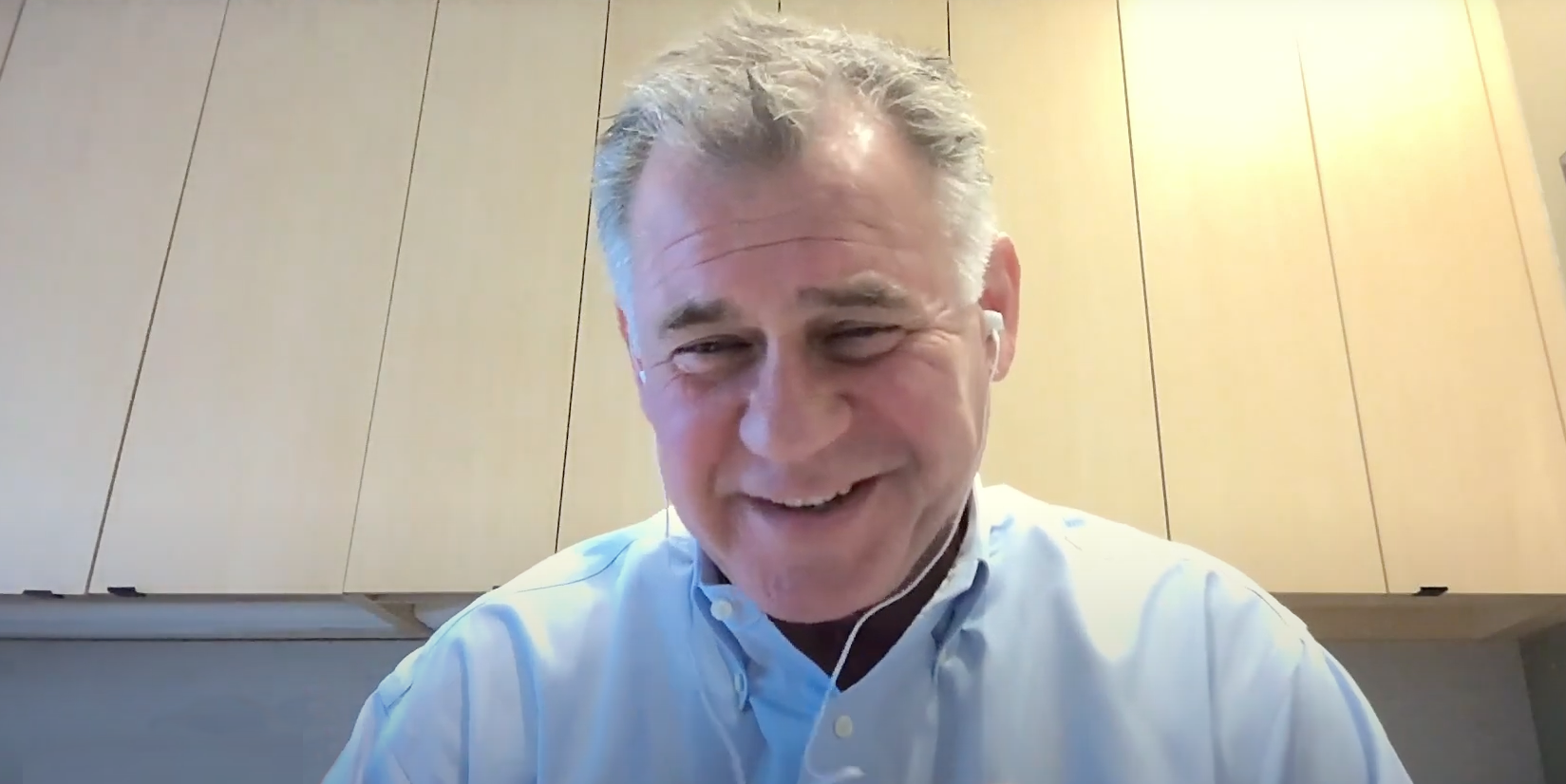
The OSKAR Coaching Model
The OSKAR coaching model is a popular framework for organizing the activities of a coaching engagement. Like most coaching models, OSKAR serves like a checklist to ensure that the coach covers all the important tasks needed to bring about a change in their client’s behavior.
What Is the OSKAR Coaching Model?
OSKAR was created in 2002 by coaches Paul Jackson and Mark McKergow, as detailed in their book, “The Solutions Focus: Making Coaching and Change SIMPLE.” OSKAR is designed to help coaches and their clients work in an ordered process, as they cooperate in changing behavior and increasing productivity.
How to Use OSKAR
OSKAR is a linear framework, meaning that it has a defined start and end – as opposed to a cyclical model such as CLEAR. The phases of OKSAR go as follows:
1. Outcome
Also called the goal-setting or objective phase, this is where the coach and client discuss the skills and abilities to be improved over the course of the engagement. The coach’s experience is vital in order to define an effective goal.
For example, the client might say that they have trouble meeting deadlines. A good coach will get to the root of the problem by finding out if this is due to overload, poor organization, uncooperative coworkers, etc. To this end, a coach might use another goal-setting framework such as SMART.
HR can help out by suggesting outcomes that result from a review of goals during a career development program, or from a skills gap analysis.
2. Scale
Like any other learning and development initiative, a coaching engagement should be assessed. Each stakeholder, including HR, the employee, the manager, and even the coach, needs to know if they are making progress. This allows changes to be made to L&D programs in case the current engagement was not successful. Plus, the calculation of ROI, which is important to justify continuation of the program.
The challenge is deciding on a measurement method that applies to soft skills, because workplace coaching often involves improvement in these areas. But such areas are typically subjective. A managerial style that succeeds for one employee might be inappropriate for another.
There are a number of evaluation methods for employee development, each with its own area of specialty and usability. The best ones usually involve methods that are easily used and understood by the stakeholders.
3. Knowhow
Before finalizing a coaching plan, it’s a good idea to understand what doesn’t need to be addressed. The knowhow stage examines the areas of skill – related to the outcome – that the client already has. Like a skills gap analysis, the knowhow step will categorize skills according to three areas: where skills are completely absent; present but need improvement; and up to standard. Emphasis will be on the missing skills, with areas where improvement is needed left to subsequent engagements.
4. Action
This is the main aspect of the coaching engagement. The coach will implement a number of activities to help the client develop. Each relies heavily on self-discovery, where the coach encourages the client to understand their areas of weakness and how to improve. Both parties will think about different ways to reach the objective and the likelihood of success. As a workplace engagement, this might involve watching the employee interact with subordinates, peers, managers, and even customers.
5. Review
At this stage, the “scale” aspect of OSKAR comes into play as the success of the program is measured.
The frequency of review depends to some extent on the coach. Some coaches prefer to review at the beginning of every session, while others will discuss progress once a week or so.
But it’s also important for the organization to keep track of the program. The usual method is to assess an employee’s skill level at the beginning, midpoint, and end of an engagement. This allows for making changes during the process in case things aren’t working out.
Similarly, employees should be given opportunities to provide feedback. This can include both the process and the coach.
OSKAR vs. OSCAR
By coincidence, also in 2002, Karen Whittleworth and Andrew Gilbert introduced the “OSCAR” coaching model. You’ll see different explanations of what each letter means, but the main difference is, of course, the “K” and the “C”.
As mentioned above, K is about “knowhow” – the abilities that the client has today to affect an outcome. In contrast, C means “choices and consequences,” which is about listing different possible courses of action related to changing behavior and their potential results.
But this variation is just a formality, because the OSKAR coaching model version simply includes the choices and consequences phase under part “A” – actions. Similarly, OSCAR discusses knowhow during the “S” step, where the client’s current situation is reviewed. In short, both models cover the same steps, but they categorize them differently.
Growthspace for Coaching and More
OSKAR might be a popular coaching tool, but it’s only as good as the person using it. If you’re looking for highly qualified coaches, and perhaps mentors and trainers as well, how do you find the best?
Growthspace allows HR teams to connect with a global network of L&D professionals through an advanced platform that sources specialists in any type of workplace skill. Growthspace takes your L&D requirements and translates them into a search among its database of more than 2,000 experts. At Growthspace, we also delivers a dashboard-based interface that allows for intuitive administration and assessment of programs.


